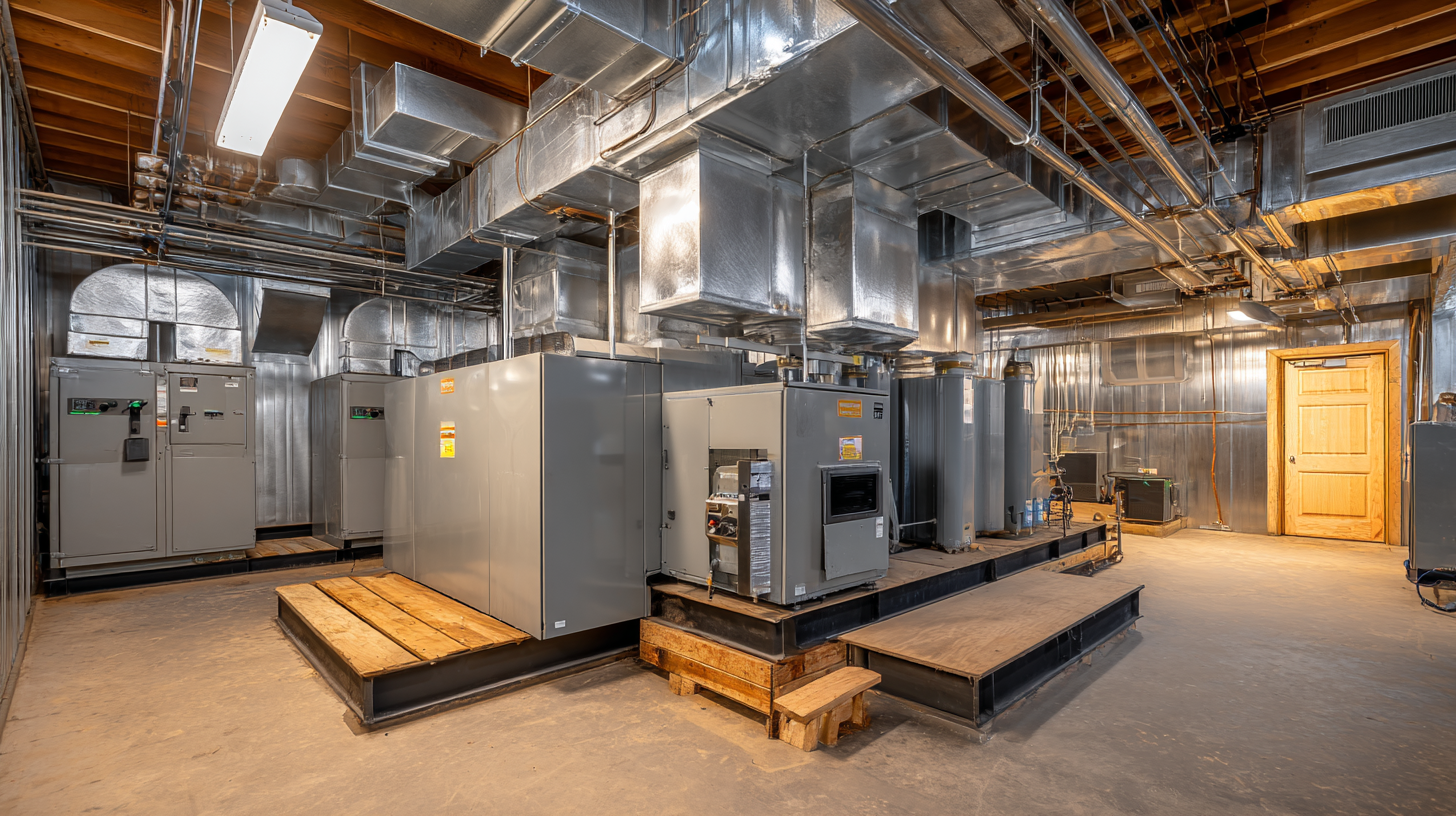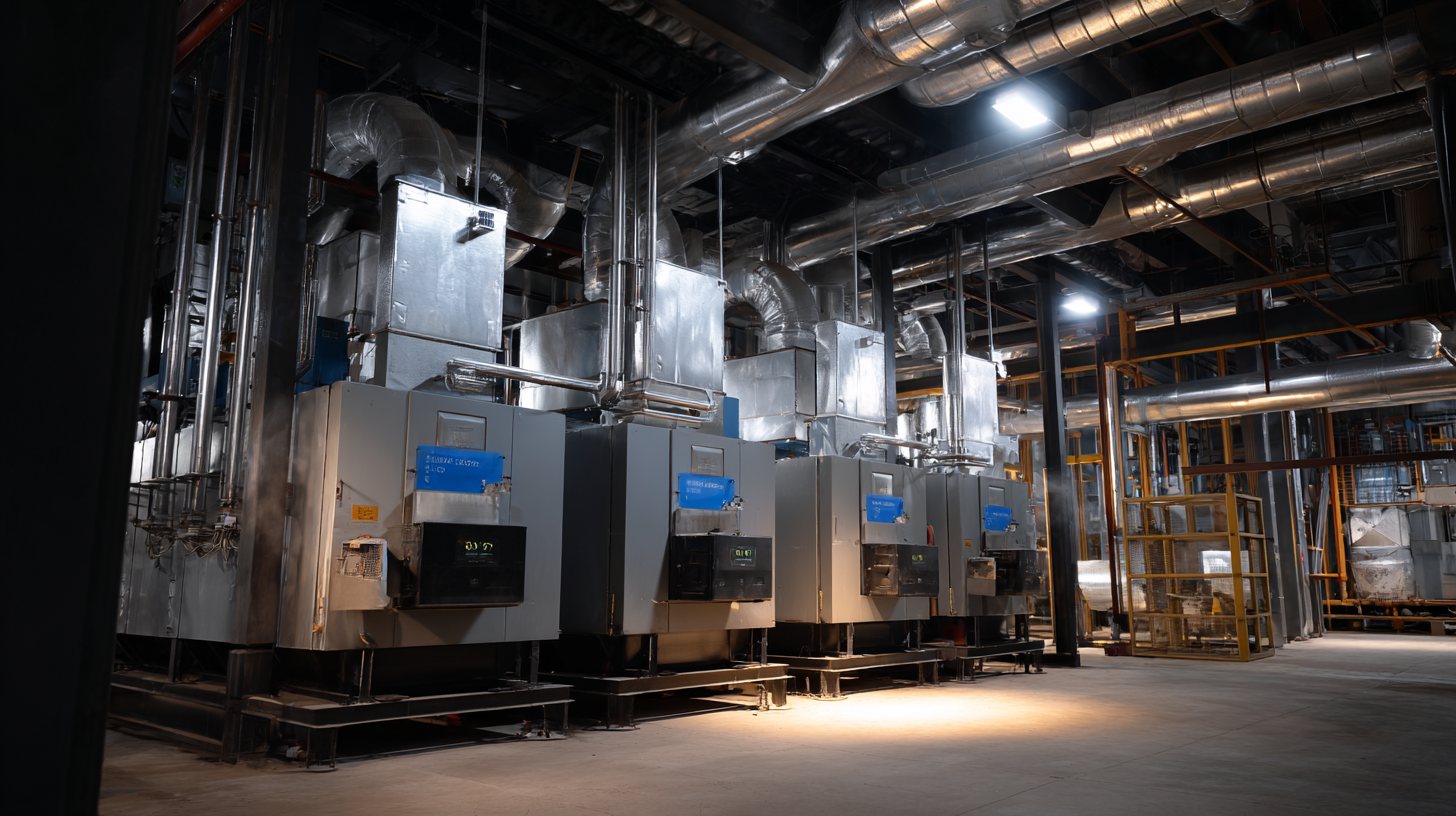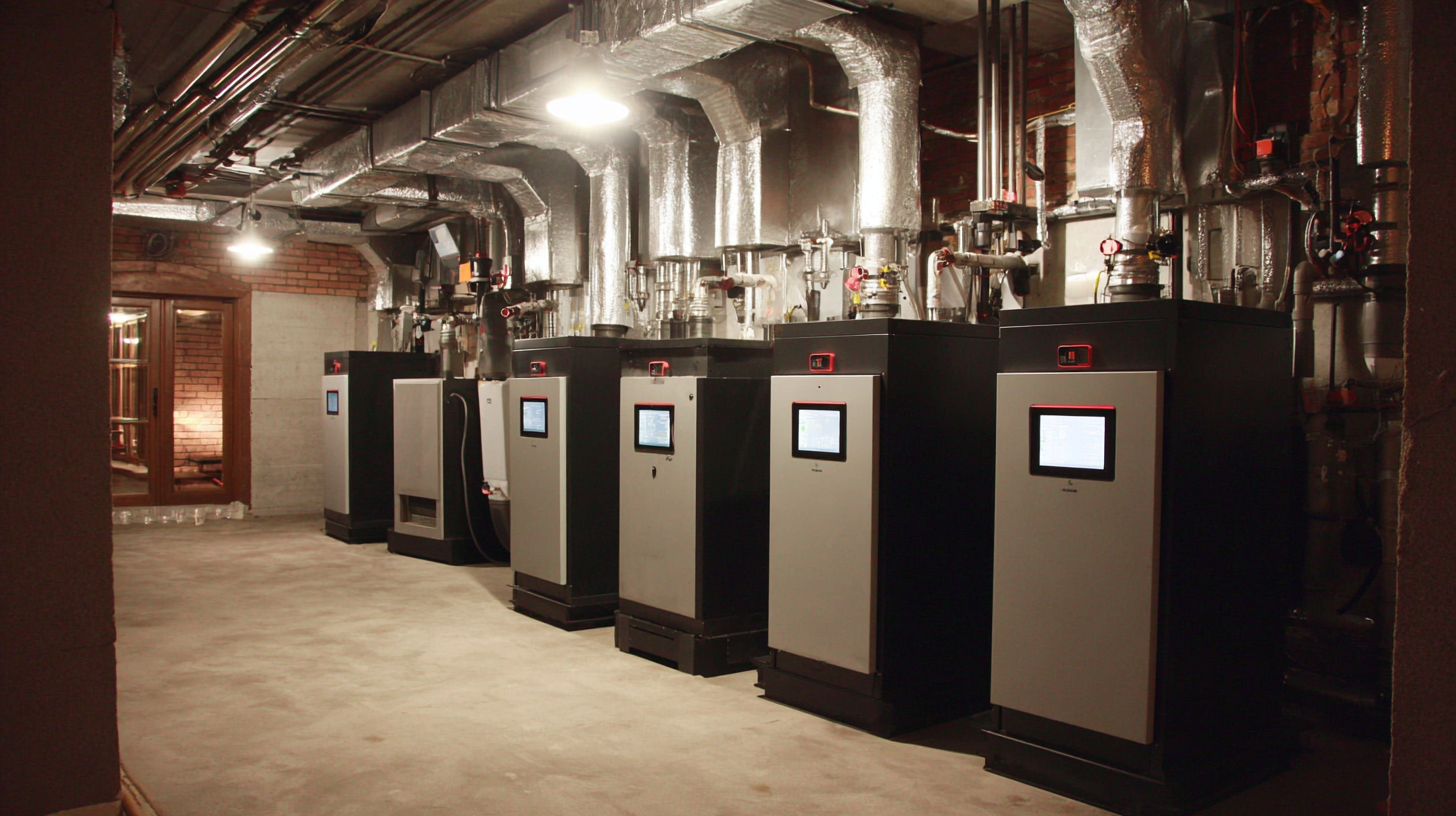In the quest to create a comfortable atmosphere in commercial spaces, the role of a furnace humidifier has become increasingly significant. According to the Environmental Protection Agency (EPA), maintaining indoor humidity levels between 30% and 50% not only enhances comfort but also improves air quality and reduces the risk of respiratory issues. Research from the American Society of Heating, Refrigerating and Air-Conditioning Engineers (ASHRAE) indicates that inadequate humidity can lead to problems such as increased energy consumption and heightened employee discomfort, resulting in reduced productivity. Implementing the best furnace humidifier solutions can thus be a game changer, driving both efficiency and well-being in commercial environments. This blog will explore effective strategies for selecting and implementing these systems to optimize comfort across various settings.

When considering alternatives to traditional furnace humidifiers in commercial settings, it's essential to explore various options that can effectively balance humidity levels without compromising HVAC performance. One popular alternative is the installation of portable humidifiers. These units can be strategically placed in specific areas where moisture control is critical, such as conference rooms or server rooms. They offer flexibility and ease of use, allowing for targeted humidity regulation based on the unique needs of different spaces.
Another viable option is the use of evaporative coolers. These devices not only add moisture to the air but also help in cooling it down, making them suitable for warmer climates. By integrating evaporative coolers into your commercial space, you can enhance comfort while simultaneously improving air quality. Additionally, steam humidifiers are an efficient choice, as they produce steam for humidification, ensuring consistent humidity levels across larger areas. Understanding these alternatives enables facility managers to make informed decisions that enhance the comfort and well-being of occupants while maintaining energy efficiency in their buildings.

When it comes to maintaining optimal humidity levels in commercial spaces, selecting the right type of humidifier is crucial. Two popular options are evaporative and steam humidifiers, each with its own set of advantages and efficiencies. Evaporative humidifiers work by utilizing a fan to blow air through a wet wick or pad, facilitating natural evaporation processes. This method is generally more energy-efficient and ideal for larger environments, as it can maintain consistent humidity levels without excessive energy consumption.
On the other hand, steam humidifiers generate steam by boiling water, which is then dispersed into the air. Although they can offer precise humidity control and a higher output in terms of moisture, they tend to use more energy and require regular maintenance to prevent mineral buildup. For commercial spaces where energy efficiency is paramount, evaporative humidifiers may be the better choice, particularly in areas with fluctuating humidity levels. Understanding the unique requirements of your space will help you make an informed decision, ensuring a comfortable atmosphere for employees and customers alike.
In today's commercial environments, maintaining optimal humidity levels is essential for comfort, health, and overall productivity. Smart technology offers innovative solutions for enhancing humidity control in these spaces. According to a report by the American Society of Heating, Refrigerating and Air-Conditioning Engineers (ASHRAE), maintaining indoor relative humidity levels between 30% and 60% can significantly reduce the spread of airborne pathogens, which is crucial in high-traffic areas like offices and retail establishments.

Furnace humidifiers integrated with smart technology allow for precise control of humidity levels. Devices that can be monitored and adjusted through mobile applications provide real-time feedback, enabling facility managers to respond to fluctuations quickly. The market for smart HVAC systems is projected to grow at a compound annual growth rate (CAGR) of 25% from 2023 to 2030, driven by the increasing demand for energy-efficient solutions. By incorporating sensors and automation, these systems not only enhance comfort but also optimize energy usage, ultimately leading to cost savings and improved indoor air quality.
Maintaining humidifier systems is essential for maximizing comfort in commercial spaces, particularly in areas with fluctuating temperature and humidity levels. According to a report by the American Society of Heating, Refrigerating and Air-Conditioning Engineers (ASHRAE), maintaining optimal indoor humidity levels between 30% to 60% can enhance not only comfort but also productivity. Therefore, regular maintenance of humidifiers is crucial in sustaining these environments.
One effective tip is to perform routine cleaning of humidifier components, including filters and water tanks. This can prevent the buildup of mold and bacteria, which may compromise air quality and system efficiency. Regularly checking and replacing filters every three months can notably improve airflow and humidity control. Additionally, inspecting and calibrating the humidistat ensures the system runs optimally, aligning with the ASHRAE recommendations for indoor air quality.
Another important aspect is to monitor the water supply for any impurities. Using distilled or demineralized water can minimize mineral buildup, which can lead to malfunctions. Implementing a scheduled maintenance program that includes these practices can prolong the life of your humidifier system and enhance comfort in your commercial space. Research indicates that properly maintained systems can last up to 50% longer compared to neglected units, making these maintenance tips not only beneficial for comfort but also for cost efficiency.
| Humidifier Type | Ideal Room Size (sq ft) | Humidity Output (Gal/day) | Energy Efficiency (%) | Maintenance Frequency (Months) |
|---|---|---|---|---|
| Evaporative Humidifier | 1,000 - 3,000 | 4-12 | 80% | 6 |
| Steam Humidifier | 500 - 2,500 | 10-20 | 75% | 12 |
| Ultrasonic Humidifier | 400 - 1,500 | 3-9 | 85% | 4 |
| Passive Humidifier | 1,000 - 4,000 | 1-5 | 90% | 12 |
When it comes to creating a comfortable environment in commercial spaces, installing a furnace humidifier can make a significant difference. Not only does maintaining the right humidity level improve air quality, it also enhances employee productivity and overall comfort. However, the installation of these systems can seem daunting, especially from a cost perspective. Here are some cost-effective strategies to consider.
First, evaluate your existing HVAC system to determine compatibility with a humidifier. Many modern furnaces can be paired with a whole-home humidifier, which tends to be more economical than standalone units. For businesses with tight budgets, consider portable humidifiers for individual rooms. These units require minimal installation and can be strategically placed in high-traffic areas, providing immediate relief from dryness.
Additionally, proper maintenance of your chosen humidifier is essential for cost-effectiveness. Regularly clean and replace filters to ensure optimal performance, which will ultimately extend the unit's lifespan. It’s also beneficial to monitor humidity levels and adjust settings accordingly, preventing excessive moisture that can lead to mold growth. By implementing these strategies, you can create a more comfortable workspace without breaking the bank.